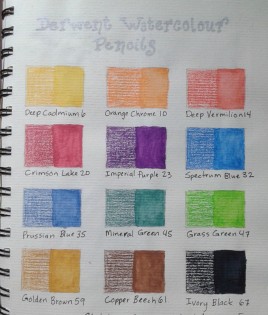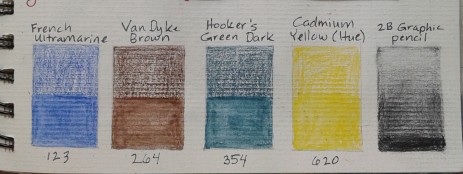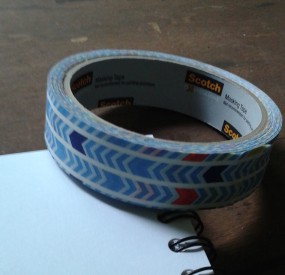
I have been interested in calligraphy for a long time and a trip to China in 2008 expanded that interest to include Chinese calligraphy. I was so fascinated that I purchased some calligraphy supplies while I was there.
One aspect of traditional Chinese calligraphy that I really love is the respect shown for calligraphy tools. They even call them the Four Treasures. These treasures are the brush, ink, paper and ink stone.
Brushes: Calligraphy brushes are traditionally made with animal hair. As with paint brushes, different kinds of hair have different properties that affect the brush stroke. White hair in brushes is usually goat hair and are a bit softer so are good for large characters. I didn’t know anything about brushes when I bought mine in China and I actually like the slightly stiffer, brown haired brush (the one on the far right of the photo) I got when I took a Chinese calligraphy course from the Confucius Institute the following year. The course was advertised as being for all ages so I was a bit dismayed to discover most of the students were Chinese children. As I sat on my tiny chair I reassured myself that even though I may not understand Chinese like the kids did, I can sit still and listen like a pro so I had that going for me.

Ink: Ink sticks are generally made of soot that is mixed with glue and then pressed into a mold. The type of soot (pine, oil, charcoal, etc.) and other additives create different inks. Ink sticks are often decorated, as mine is, on both sides. Liquid sumi ink works well too.
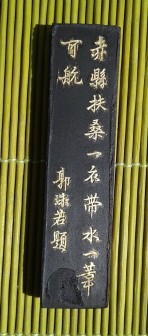

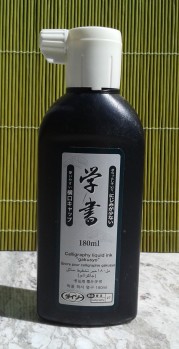
Inkstone: The inkstone is a shallow dish (with lid) used to grind the ink stick in a small amount of water to make the ink. This process takes about 15 minutes (depending on how dark you want your ink) and is considered an important meditative step to prepare yourself for creating calligraphy or to paint. Not all inkstones are made of stone, mine is ceramic, and many are beautifully decorated although I like the simplicity of mine.
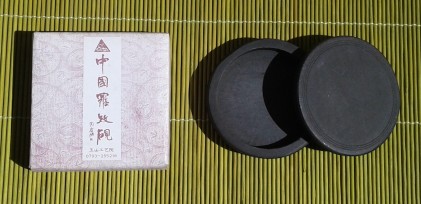
Paper: For calligraphy, the best paper is slightly absorbent. I have some rice paper that was bought locally but made in Japan. For practice purposes my calligraphy instructor suggested using paper towels like the type found in public washrooms or newsprint. We were given thin paper with guide lines printed on them for learning the characters in class.

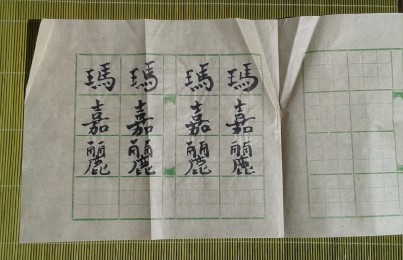
There are other treasures too, like the seal and the seal ink. Seals (sometimes called a chop) are used like signatures. Typically made of stone, they are used with a thick paste-like red ink. I bought mine from a street vendor in Xian, China. It is supposed to be a translation of my name but I am not sure how well she understood me. There is something very aesthetically pleasing to me to have that small addition of red to the black and white of the ink and paper.

If the Four Treasures were people, I image them as four ancient Chinese sages with long beards and silk robes that will impart their wisdom to anyone who will take the time to listen.


